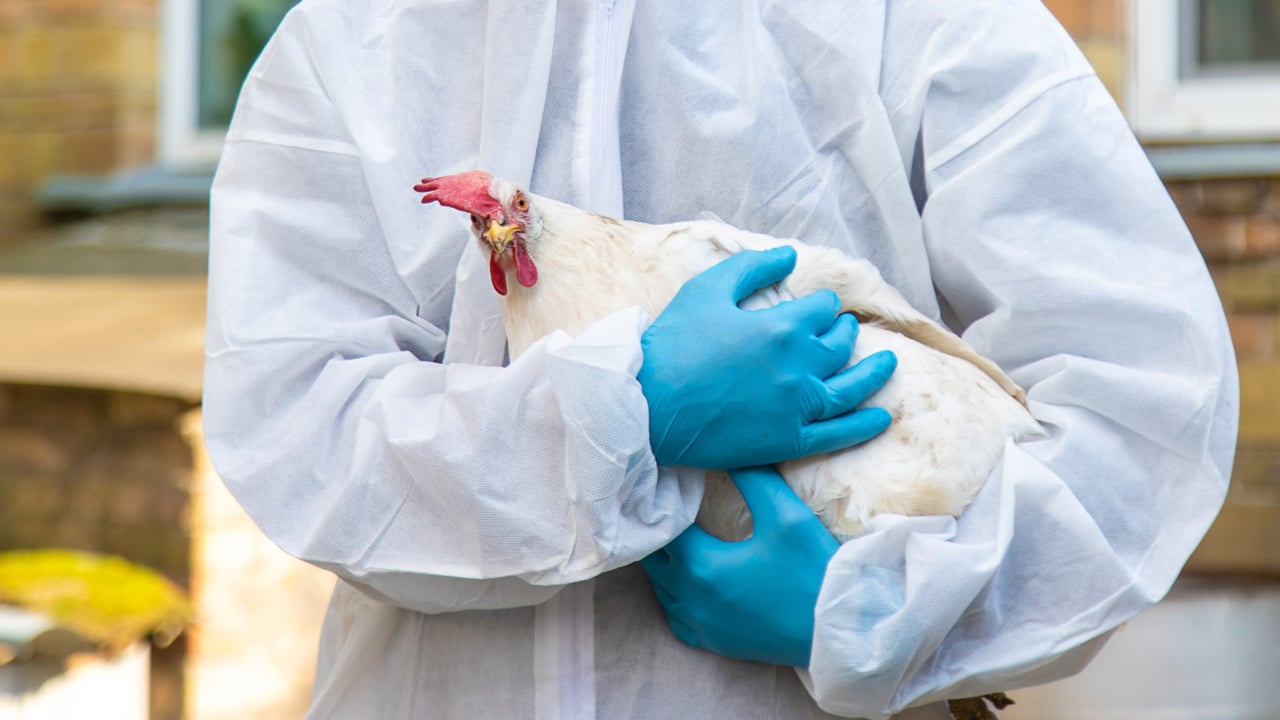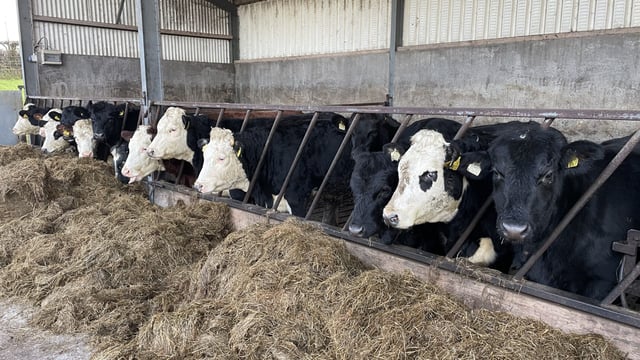US reports first case of deadly H7N9 avian influenza since 2017
The US has reported it's first outbreak of H7N9 avian influenza since 2017, on a poultry farm in Mississippi.
A notification on the outbreak was submitted to the World Organization for Animal Health (WOAH) on March 14, due to the the nature of the detection, which signals a recurrence of an eradicated strain.
The initial announcement was documented by the Mississippi Board of Animal Health (MBAH) on March 12, which confirmed that the outbreak occurred at a broiler facility in Noxubee County, which is in the eastern part of the state, on the border with Alabama.
It added that the state veterinary lab's findings were confirmed by the US Department of Agriculture (USDA) National Veterinary Services Laboratory in Ames, Iowa.
According to state veterinarian, James Watson, 47,654 birds on the farm have been culled since clinical signs of the virus were first noted among the flock on March 8.
The premises has since been quarantined and no birds from the affected flock have entered the supply chain, Watson said.
The MBAH has announced it is working in connection with federal animal health officials in Mississippi on a joint incident response to the virus.
In addition, the USDA Animal and Plant Health Inspection Service (APHIS), in conjunction with State Animal Health and Wildlife Officials, are also "conducting a comprehensive epidemiological investigation and enhanced surveillance in response to the detection."
The last H7N9 strain confirmation in US poultry occurred in October 2017, following outbreaks in two commercial poultry farms in Tennessee.
The H7N9 strain of avian influenza was first detected in China in 2013, according to the World Health Organisation (WHO), which declared the disease a matter of public concern due to the severity of the contagion for humans.
According to WHO, most of the H7N9 cases of human infection reported recent exposure to live poultry or potentially contaminated environments, particularly markets, where live birds have been sold.
From April 2013 to December 26, 2019, the WHO identified 1,568 cases of the virus in humans, at least 616 of which resulted in death, which indicates an overall case fatality rate of around 39%.
The vast majority of cases have occurred in mainland China, with cases also reported in Hong Kong (20), Taiwan (5), Macao (2), Malaysia (1), and Canada (2). All of the latter were in people who had travelled from mainland China, WHO reported.





